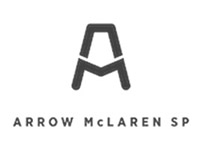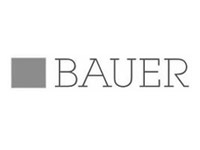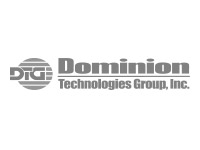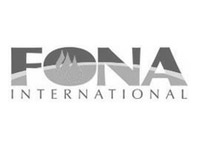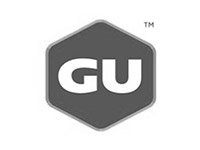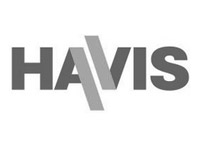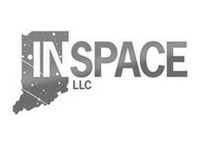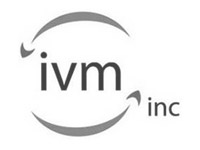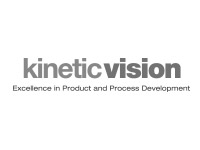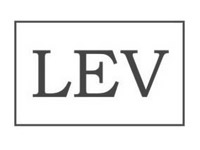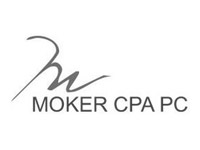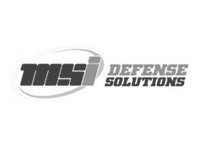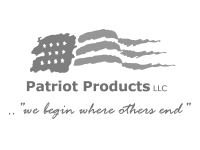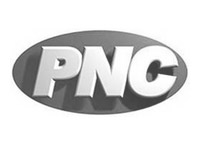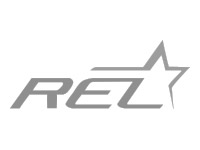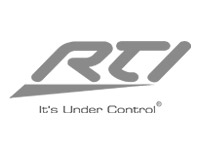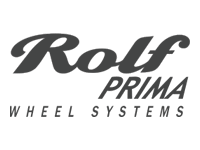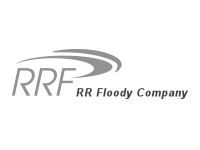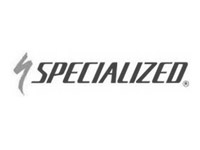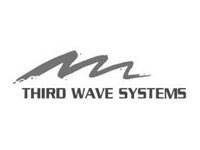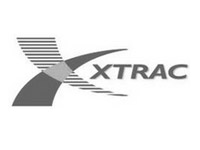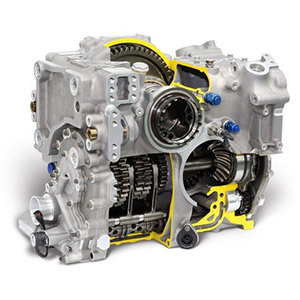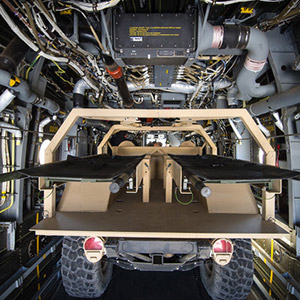R&D Tax Credits
Innovate and Grow with the R&D Tax Credit
Background
Credit for Increasing Research Activities IRC §41 (aka the Research & Experimentation Tax Credit or R&D Tax Credit) is designed to promote and reward innovation in the United States and keep high-paying, high-tech jobs stateside.
In 2015, the PATH Act made the federal R&D Tax Credit permanent, allowing companies to rely on the credit as a valuable resource, providing a competitive advantage that encourages growth. This dollar-for-dollar boost to cash flow can be used to reinvest into new research and product development, hire top talent, or even funnel back into marketing. In addition to the federal credit, most states now offer similar incentives for R&D.
For more than 20 years, Hull & Knarr has led companies through engineering-based studies consisting of retroactive engagements, current-year evaluations, and audit defense and contract review. Our team takes ownership of defending your credit claims should they fall under review by the IRS or state authority. We take on the heavy lifting so you can save valuable time and remain focused on what is most important to you.
R&D Tax Credit by the Numbers
$2B
In R&D Tax Credits go to small and medium-sized businesses annually
98%
Hull & Knarr has sustained over 98% of dollars claimed and reviewed through 100’s of Federal and State audits
35+
States now reward innovation in addition to the Federal R&D Tax Credit
$15B
Goes to businesses who invest in US R&D each year
30-50%
Hull & Knarr typically identifies 30-50% more credit than companies using the accounting approach
What qualifies?
The common assumption is that activities must be performed in a research lab to qualify for the R&D Tax Credit. However, the reality is that the threshold is much lower and your research activities must simply pass what is known as the 4-Part test.
If your company meets the following criteria, it is highly likely that you engage in qualified activities that generate a credit.
4-Part Test
- Technological in nature- Activities must be based on a hard science such as physics, biology, chemistry, and computer sciences.
- Technological uncertainty – At the outset of the project, designs must have inherent risks or uncertainties associated with their potential for success.
- Process of experimentation- This requires a process of theoretical or physical evaluation that can result in the development of design alternatives.
- Permitted Purpose- The goal of the activity must be to improve the fit, form, or function of a product or process.
Indicators of Qualified Research
- Degreed engineers or scientists on staff
- Manufacturing industry operations
- Patentable products or production methods
- New or continuous improvements to products and/or processes
- Industries where prototyping is common
- Government R&D projects, from programs such as: SBIR, STTR
- Continuous quality improvement efforts
- Simple products manufactured in highly automated systems
- High warranty costs due to improper product/process design
- Software development using new algorithms, techniques or architectures
- Outsourced research and/or testing
Hull & Knarr Experience
01
History


We’ll gain a deeper understanding of your history with the R&D Tax Credit as well as your business to begin charting the best path.
02
Map


Next, our team will talk with a few of your key staff to get a deeper understanding of your technology and development process.
03
Embark


After the standard data collection, we typically require little time from your staff. We take care of all the heavy lifting so you can focus on running your business.
04
Arrive


At this point, you know exactly what your maximum financial benefit will be. We will work with your accountant to claim your credit(s) and prepare you for years to come.
05
Trust


Should your credit claim come under review by the IRS or state agency, we will take on the burden of audit defense free of charge creating peace of mind for you and your accountant.
Featured Projects

